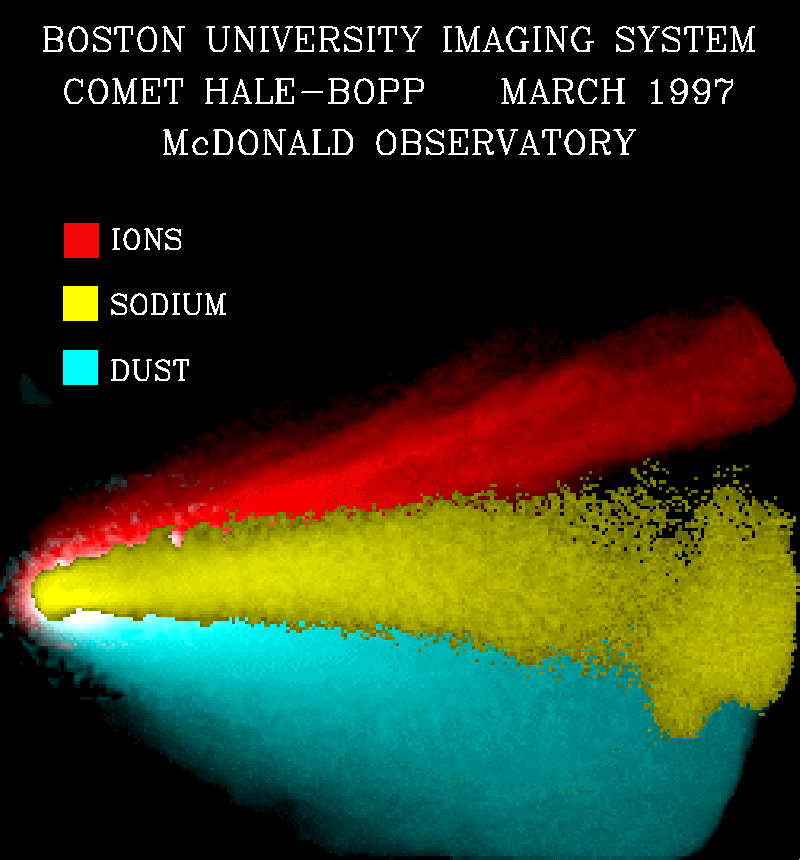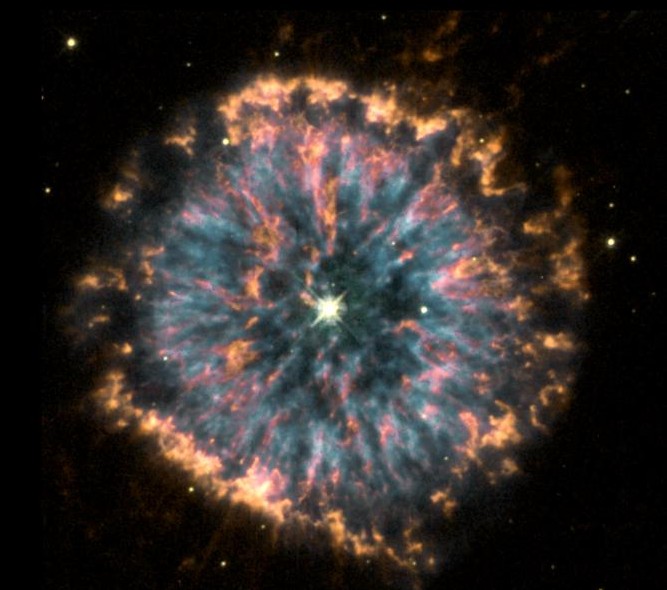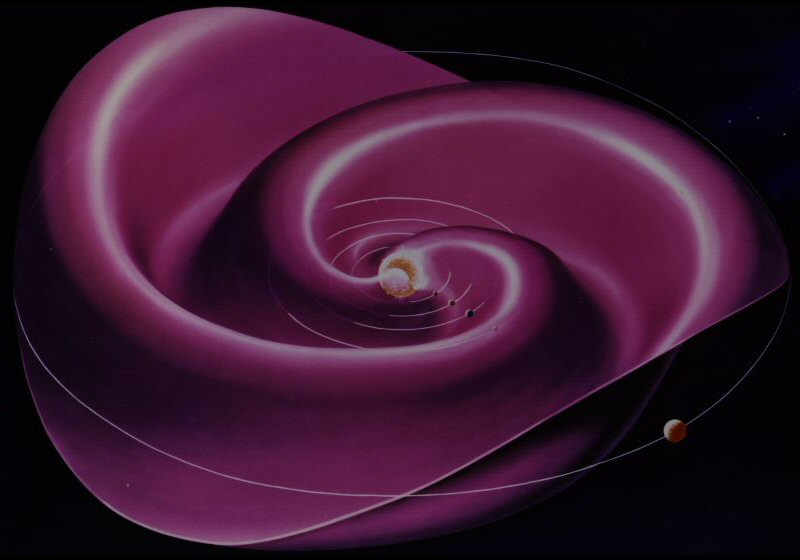Black hole
A Black hole is a theoretical cosmic object with a tremendous mass, and hence gravitational force, from which nothing, not even light, can escape. The Plasma Universe is agnostic on the existence of black holes, proposing that well-known laboratory plasma physics and electromagnetic forces are responsible for certain cosmic phenomena that others attribute to black … Read more








